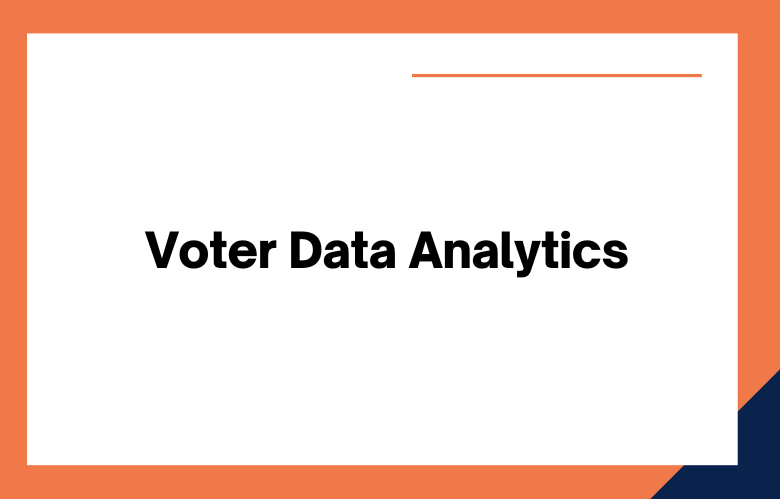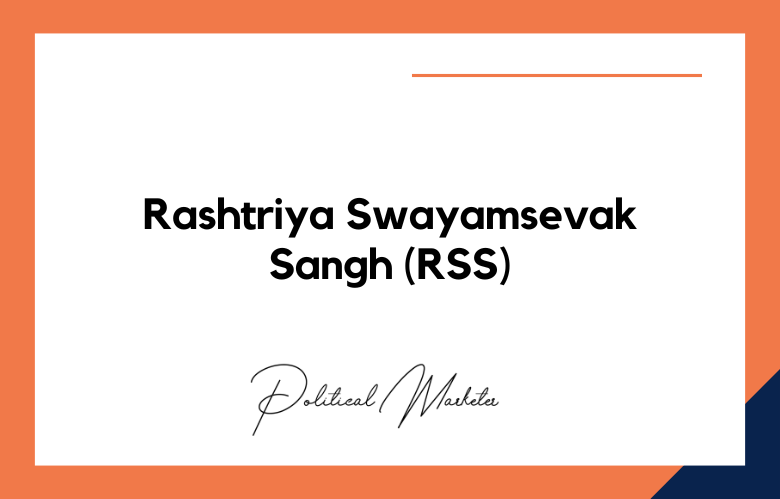The campaigns strive to get an edge over their opponent in any election race. Voter data analytics is one way that movements can gain this advantage. By analyzing voter data, actions can determine who is likely to vote for them and then target these individuals with specific messaging and outreach initiatives.
Additionally, voter data analytics can help campaigns understand which issues are most important to different voters and identify potential swing voters. With voter data analytics, campaigns run more effective and efficient races, resulting in a better chance of winning election contests.
Campaigns have used data analytics to target voters and get their message out. However, with the recent release of the Facebook data scandal, people are more interested than ever in how data use to influence them.
In this blog post, we’ll look at how voter data is collected and used by campaigns and what people can do to protect their information. Stay tuned for upcoming posts in which we will delve into specific aspects of voter data analytics, such as targeted ads and micro-targeting.
What is Voter Data Analytics?
Analytics is the process of extracting meaning from data. In the context of voting, data analytics understands voter behavior and trends.
This information can target specific voters with tailored messages or strategies.
Data analytics assess the effectiveness of a campaign’s messaging and pinpoint areas that need improvement.
Overall, data analytics is a powerful tool that enhances any political campaign.
Voter data analytics is the practice of using data to analyze voter behavior. The information understands the electorate, targets marketing efforts better, and gets out the vote.
Voter data analytics extracts information from data sets to understand voting behavior better.
The analysis can predict future voting patterns, identify election vulnerabilities, and track the effectiveness of campaign strategies.
Voter Data Analytics is a process of extracting valuable insights from voter data. By analyzing this data, analysts can better understand the patterns and trends of voter behavior. The information improves campaign strategies and makes more informed decisions about targeting voters.
This is a process of analyzing voter data to understand the electorate better. It can help campaigns target their messaging and understand what issues are important to voters. Additionally, voter data analytics can help predict election outcomes.
Voter Data Analytics in Election Campaigns
Voter data analytics can give campaigns a big leg up in election season. By understanding who voters are, what they care about, and how they persuade, campaigns can effectively hone their messages and strategies to target potential voters. Voter data analytics can mean the difference between winning and losing an election.
Data analytics can provide critical insights for election campaigns. By analyzing voter data, campaigns can identify trends and target key demographics. The information tailors campaign messaging and strategies.
Voter data analytics can help election campaigns in several ways. For example, by identifying trends and targeting key demographics, campaigns can tailor their messaging and strategies to engage voters better. This kind of data-driven approach can be highly effective in winning elections.
Voter data analytics is a powerful tool that improves election campaigns. With the data to understand voters better, campaign strategies tailor to appeal to specific groups of people. It allows for more efficient use of resources and ultimately helps to win elections.
Election campaigns increasingly rely on voter data analytics to identify trends and target voters. The data creates strategies to give the campaign the best chance of success. Without voter data analytics, campaigns would fly blind, diminishing the chances of winning.
In election campaigns, voter data analytics can be a powerful tool for determining the most effective messages and strategies. Campaign managers can use this data to learn about voters’ beliefs and preferences and tailor their messages accordingly.
Additionally, voter data analytics can help identify and target potential swing voters with specific appeals. With the data to better understand the electorate and individual voters, campaigns craft more effective messaging and run more intelligent, successful campaigns.
Voter Preferences, Voter Manipulation, Voter Analytics
Politicians use voter analytics to determine what voters want and how to win their votes best.
Voter analytics can help to track these preferences. By doing so, it becomes easy to change the voting outcome.
Analytics target voters and sway their choices. It creates a big problem for democracy.
The voters’ preferences, the manipulation of voters, and the voting analytics all play a role in the election process. By understanding these factors, we can better predict the outcome of elections.
Those in power can often manipulate voter preferences. They use voter analytics to determine which way the public is leaning and then work to swing them in the direction they desire.
Voter preferences can be easily manipulated by analyzing data. By understanding what voters want, campaigns can more easily target ads and messages to them. It allows for greater control of the outcome of an election.
Voter preferences constantly change and evolve, making it difficult for candidates to remain in touch with what the electorate wants.
Campaigns are focused on voter manipulation through advertising and social media to target and Influence groups of voters susceptible to persuasion. Advanced voter analytics can give a campaign the advantage by identifying which voters are persuadable and tailoring messages accordingly.
Voter preferences are the study of what factors influence how people vote. Voter manipulation is the attempt to influence people’s voting behavior. Voter analytics analyzes voter data to identify trends and predict future outcomes.
Voter Data Analytics Best Practices
- Start by analyzing your voter file
- Identify your target voters
- Create a strategy for reaching them
- Use data to personalize your outreach
- Analyze the results of your efforts
- Collect voter data
- Clean and prepare the data
- Analyze the data to understand voting trends
- Use the findings to improve your campaign strategy
- Analyze the data to find trends
- Interpret the data to understand what it means for your campaign
- Use the data to make decisions about where to focus your efforts
- Report on the findings of your analysis
- Load the data into a database
- Query the database to find insights
- Visualize the data to understand it better
- Take action based on the insights
- Understand the different types of voter data
- Use voter data to target likely voters
- Analyze voting trends in your area
- Filter voter data by demographics
- Use predictive analytics to identify supporters and opponents
- Export voter data for further analysis
- Use voter data to understand your electorate
- Identify your target voters
- Prioritize battleground precincts
- Analyze voting trends from past elections
- Conduct a precinct analysis
- Model turnout scenarios
- Forecast election results
Conclusion
Voter data analytics is becoming more and more important in election campaigns. By understanding who your voters are, you can target them with specific messages that will resonate.
Contact us to learn how we can help you use voter data analytics to win your next election!











